When I went to pick up my stick to go on a walk, I saw a small beetle on the wall just where my walking stick was resting. This cardinal beetle is so called because of its red wing cases and thorax, but has a small black head which distinguishes it from the dreaded red headed lily beetle, the bane of flower gardeners who cherish their lily plants.
However, the lily beetles are more numerous than the cardinals which are nationally scarce according to Richard Jones’ excellent book entitled, “Beetles”. It would be good for lily growers if it was the other way round.
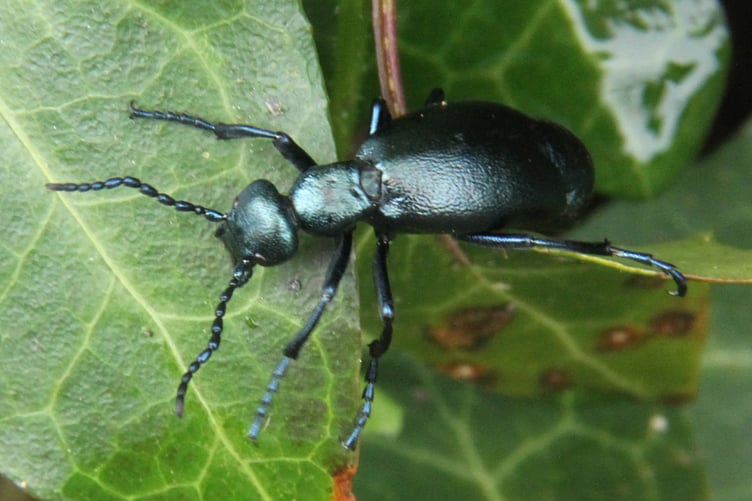
When I returned from my walk the cardinal had gone. I think it had perched on the wall near my stick just to get my attention and I did spot nearly a dozen seven spot ladybirds on my travels that day. These are the most familiar of our ladybirds and feed on aphids although I think the aphid must pitch almost on top of the ladybird to allow it to be caught.
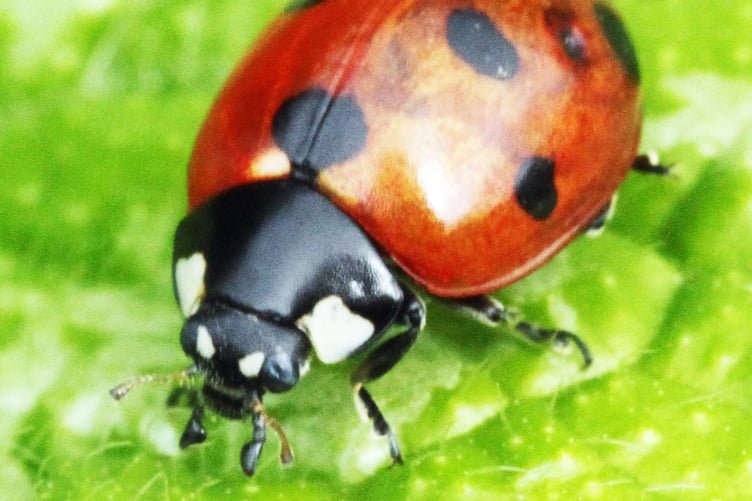
The hedges around the parish are being decorated by blackthorn flowers. These come before the tree produces its leaves and are a very welcome sight with their five white petals. Blackthorns are short shrubby trees hardly ever taller than four metres and produce small black ‘plums’ that are bitter to taste, but are used in the making of slow gin.
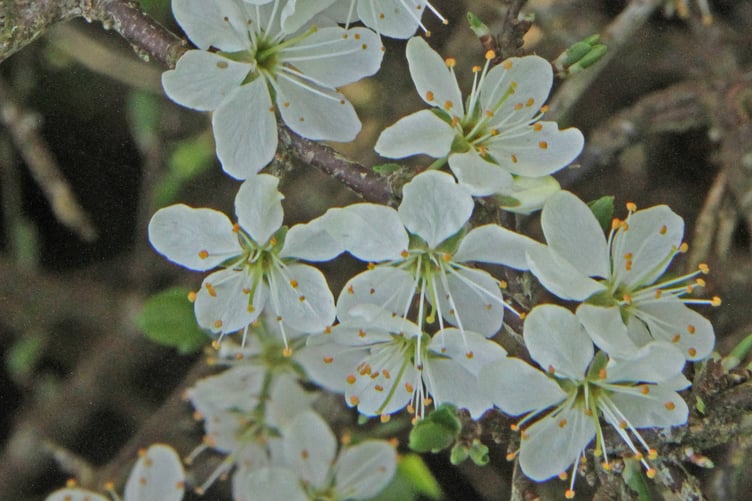
There are many places around the village where yellow archangel can be seen in bloom on the hedgerows with their light green leaves sometimes with white patches. Closely related to red and the white dead-nettles, this handsome plant is named after Archangel Michael, the guardian against evil spirits, and protector of cattle against the disease elf-shot.
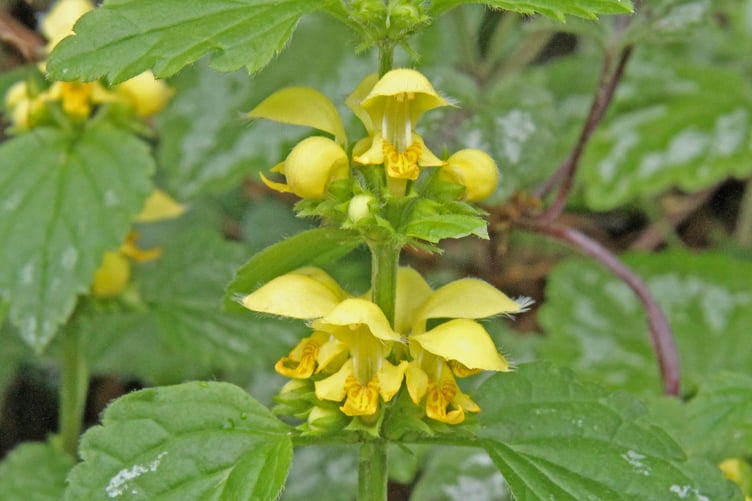
If introduced to a flower garden the plants will quickly spread far and wide on their creeping roots, so be warned. It is worth looking closely at vegetation on the hedges as you may see an oil beetle crawling around on the lookout for some buttercup leaves to devour. Females lay their eggs in holes and crevices and the resultant larvae attach themselves to a bee and are carried back to their nest where they eat bee larvae until they become beetles. They then set about eating as much honey as they can before turning vegetarian.
There is a species of spiders that don’t spin a web to catch their prey, but they actually hunt for their food. These hunting spiders just stretch out on a leaf and wait for an insect or fly to come near then they quickly grab their prey. Females can sometimes be seen carrying their egg sac beneath their body and they build a nursery tent just before the eggs hatch in May and June.
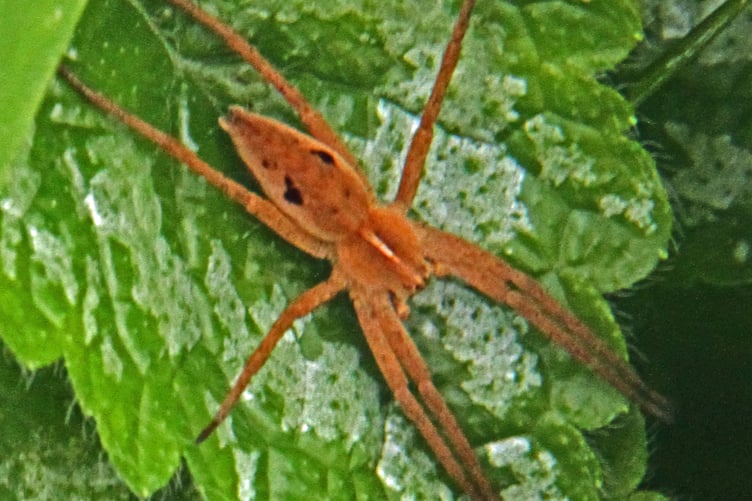
My eldest son, Sean, who lives in Kent, sometimes sends down photographs that he takes in his garden. Last week I received a beautiful picture of a male sparrowhawk that he tells me has visited on several occasions. Lovely. I would welcome a visit from a hawk every day. What could be a prettier sight than seeing him sitting in a garden tree whilst eating my breakfast each morning – that is when he isn’t catching little birds for his own meal!
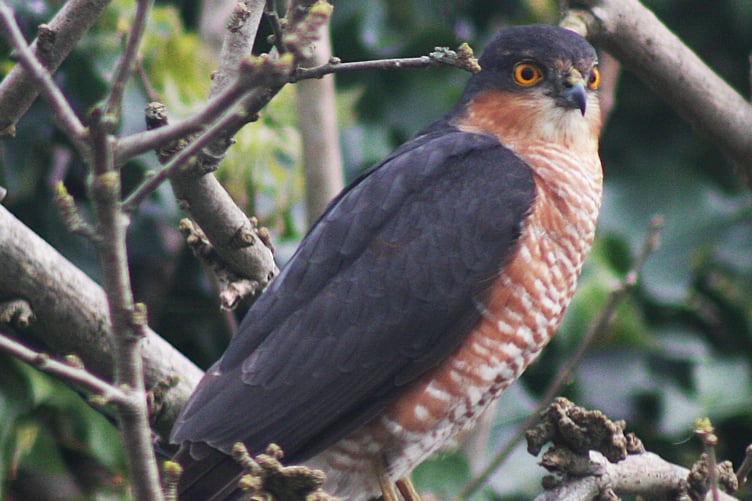
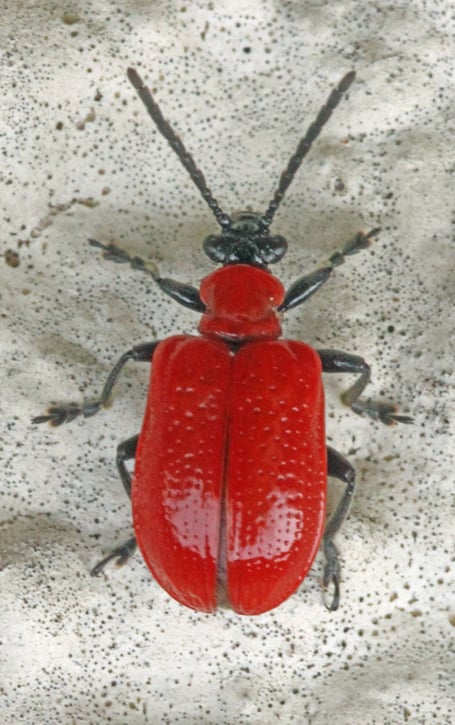

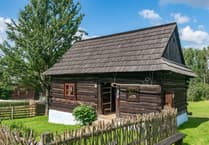
.png?width=209&height=140&crop=209:145,smart&quality=75)

Comments
This article has no comments yet. Be the first to leave a comment.